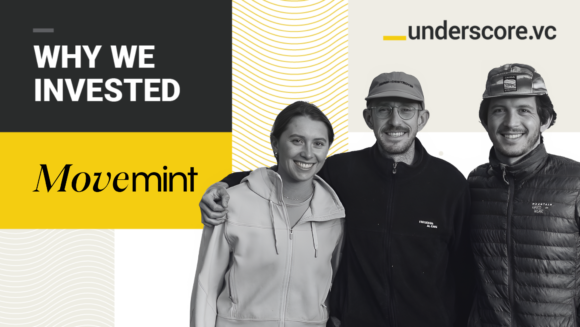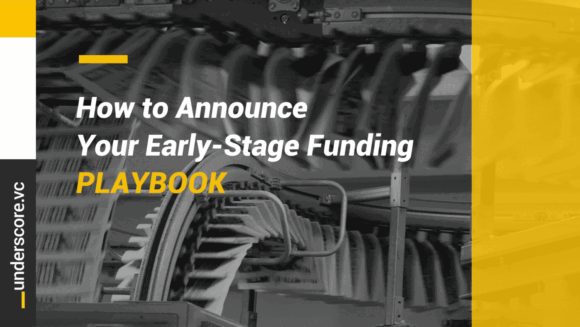If you’re thinking about fundraising, you’re probably thinking through many different questions. When should you raise? How much should you raise? What Series A milestones should you target? What matters most at each stage?
There’s lots of advice out there. And when it comes to raising a Series A, many sources cite $1 million in ARR as some sort of magical metric—once you hit it, investors will be lining up to write a check.
For some lucky startups, that might be the case. But this fundraising milestone is often misunderstood.
“A lot of founders get fixated on this $1 million mark, but they miss the nuance behind it,” says Lily Lyman, Underscore VC Partner. “It’s what’s happening underneath the ARR that enables your business to reach it.”
That includes quantitative and qualitative milestones. If all the right pieces are in place, significant ARR is the result. The business motion underneath that number is what makes a startup interesting to early-stage investors.
“What do you look for at the Series A round?”
At Underscore, we’re asked this question all the time. Founders want to know: What does my business need to look like to raise a great round?
For example, at the Series A mark, evidence of product-market fit is important: you’ve identified a minimum viable segment, you’re solving a big enough problem, you’ve got a clear value proposition, and you’re demonstrating some repeatability in your go-to-market motion.
However, if you’ve got a handful of outlier customers, that’s a pitfall. You may not yet have repeatability in your go-to-market motion. Even if you’ve hit $1 million in ARR, a lack of repeatability will make it difficult to scale.
An Overview of Underscore’s Series A Milestones
To help add some structure to the fundraising process, we’ve put together a playbook that outlines Series A milestones around four key areas: Team, Market, Product, and Go-to-Market. At the Series A, Underscore typically looks for:
- Team:
- Visionary leadership (with the ability to dig into details)
- A founder who can get people on their side
- Building out a whole team (with self-awareness and sensitivity to understand who’s needed)
- Market:
- Increasing conviction in a large and growing market opportunity
- Understanding market drivers and the timing of how they will play out
- A deep understanding of all competitors
- Product:
- Enough experimentation with pricing and packaging to understand their drivers
- Evidence of product-market fit:
- High usage and low to no churn (or at least you understand the reason for churn)
- Customers would be disappointed if the product was taken away, and you know why they can’t live without it
- Validated by customer references (for B2B) or user engagement (for B2C)
- Go-to-Market:
- Repeatability in sales and marketing motion (supported by those customer references and that user engagement)
- “Land and expand” movement with customers—they increasingly use the product and pay for more capability (increasing dollar-retention rate)
- Shortening sales cycle
- CAC payback is decreasing and heading toward 12 months (so customers get value out of the product sooner)
The playbook also calls out industry benchmark metrics, common pitfalls, and the things that matter most at each stage.
By including milestones for Pre-Seed to Series C and beyond, we aim to help founders look a few steps ahead. Because even if you’re preparing for a Series A, it’s wise to think about what it would take to reach a Series C and beyond.
One caveat: This is, of course, a product of our own investing philosophy. We recommend that founders take time to understand the differences between firms before pitching.














